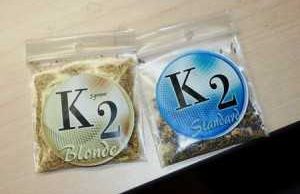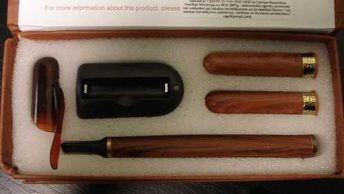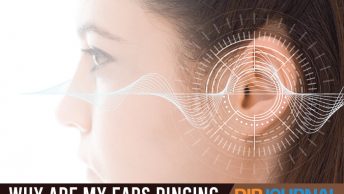
“Funiculus umbilicalis” in spite of sounding like a magic spell from a Harry Potter movie; is the Latin name for the narrow cord of tissue, commonly known as the umbilical cord that connects the embryo to the placenta. It brings nutrient-rich oxygenated blood from the placenta to the embryo or fetus and returns the deoxygenated, nutrient-depleted blood to the placenta.
According to researchers, this fetal life-support system has now been found to have other uses too. Stem cells from the umbilical cord are said to be helpful in the treatment of several diseases, such as hepatic diseases, sickle cell disease, leukemia, thallasemia, Hodgkin’s lymphoma and others. When healthy stem cells are transplanted into an ill child, these cells can grow new bone marrow cells and replace the destroyed ones.
Cord blood is the blood that is left in the umbilical cord after birth. This blood contains stem cells, which is what a human body is made of. These cells have the ability to develop into hundreds of different types of cells in the human body, like blood cells, bone marrow cells and brain cells. They are found at every stage, when developing from an embryo into an adult.
Stem cell research was always believed to hold awesome potential. Scientists believe that stem cells may be used to repair or even replace damaged cells and this has a huge potential of changing the treatment for diseases such as cancer, Parkinson’s disease, Alzheimer’s etc.
Researchers from the Universities of Leon and Granada have revealed that the human umbilical cord blood cells (HUCBCs) have been studied to have the capacity to treat hepatic diseases, such as hepatitis. They also say these cells can prove to be an effective alternative to bone marrow.
Currently, the treatment for hepatic failure is liver transplant; however, this is an issue because of lack of enough donors. There is also no specific treatment for fibrosis that is caused by hepatic diseases and this research can help many people suffering from this condition.
Liver fibrosis is a condition that results from accumulation of tough, fibrous scar tissue in the liver. This is caused by excess alcohol consumption, trauma, toxins and other factors. The body naturally forms scar tissue in case of injury, but fibrosis is this healing process gone awry. As of now, patients are only treated for any associated complications arising from fibrosis and there is no treatment for fibrosis.
The HUCBCs were tested for their regenerative potential by injecting them into the hepatic portal vein of hepatitis positive rats and it was found that this transplant caused an improvement in the hepatic functioning as well as repaired the existing damage. This is being considered as a great advance in regenerative hepatic medicine.
Researchers also say that bone marrow can be restored with cord blood. The best part is that children can benefit from umbilical cord blood from a sibling, and it works even if the match is only partial, unlike in bone marrow transplants where the recipient and donor match has to be exact. When transplanting bone marrow, it can be successful only when all six antigens match and cord blood transplants have been seen to be successful even when only four of the six antigens matched.
Dr. Paul Martin of the pediatric bone marrow and cord blood transplant program at Duke’s, revealed that three out of four siblings will be at least a 3/6 or half match for transplantation. He conducted a study on four children between the ages 2 ½ and 6 ½ years, all of them having inherited blood diseases that lead to death in childhood. All these children received “haplo-identical,” or half-matched sibling umbilical cord blood transplants to replace their bone marrow. Even those that had half-match transplants had no serious graft and host diseases. These transplants have been successful in three of the four patients, who are alive and doing well 12 to 29 months after the transplants.
He also said that the next step is to investigate the use of haplo-identical cord blood transplants in cancer patients.
Looking at all the potential the umbilical cord blood holds, it may be time to start banking umbilical cord blood. This means saving and storing the blood for future use. This blood can be used for stem cell transplants to grow new bone marrow as well as other tissues.
Doctors say that this cord blood can be useful in the future for a sibling, with an illness that can be treated with a stem cell transplant or it can be donated to a public bank to help someone else in need. Giving birth is a wonder and babies bring with them the gift of life itself.












